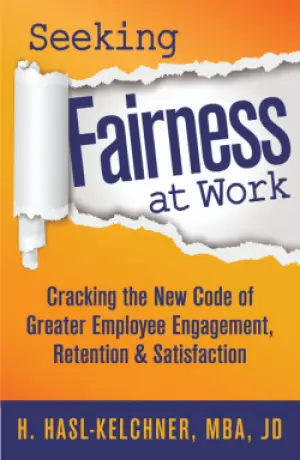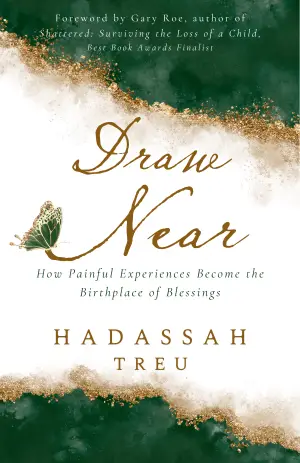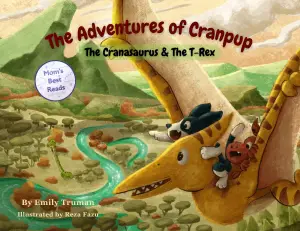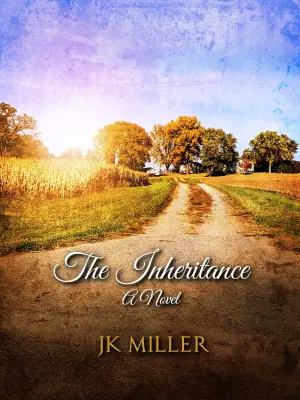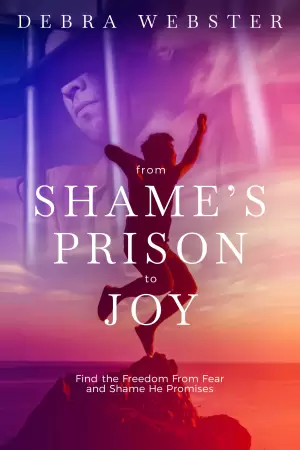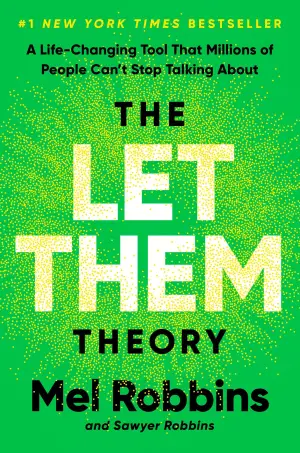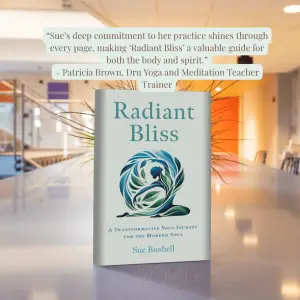Review of How to Be the Love You Seek: Break Cycles, Find Peace… by Dr. Aimee LaPera
When my roommate handed me How to Be the Love You Seek, I was instantly intrigued. I recognized Dr. Aimee LaPera from her engaging Instagram posts, where she shares insights on self-love and healing. Initially drawn in by the promise of breaking cycles and finding inner peace, I was ready for a transformative reading experience. However, my journey through this nearly 300-page book was a complex one, filled with both enlightening moments and frustrations.
The core themes of the book revolve around self-discovery, the impact of childhood experiences on adult relationships, and the practice of body-mind awareness. Dr. LaPera invites readers to "drop in" and listen to their bodies, a reminder that’s crucial in our fast-paced world. And while there were certainly moments that resonated with me—especially her encouragement to be mindful of our emotional landscapes—I can’t escape the feeling that the book is far too bloated with repetition.
One of the major hurdles for me was the pacing. After the first third, the content became increasingly repetitive, with Dr. LaPera frequently summarizing previous chapters and revisiting her main points. It felt like wading through filler, which made the already lengthy book feel even longer. Moreover, I was disheartened by the number of typos; it gave off a rushed impression that made me question the overall professionalism of the presentation.
While Dr. LaPera attempts to intertwine scientific perspectives into her narrative, the execution often falls flat. There are general claims about the heart and brain’s interaction that lack robust scientific backing, leaning into ambiguous territory that feels more pseudoscientific than researched. I found myself wishing for a deeper exploration of the concepts she raises, especially when discussing physiological effects. It’s as if she wanted to straddle the line between spiritual text and scientific treatise but ended up muddling the two.
One notable aspect, however, was Dr. LaPera’s focus on attachment theory, which she presents with great conviction. Yet, this emphasis left me wanting—she oversimplifies trauma, narrowing it primarily to childhood relationships without acknowledging other significant life events. Such a view paints a limited picture of the complexities that many individuals face. The nuance is lost, and while attachment theory is undeniably important, the broader tapestry of human experience deserves more recognition.
Dr. LaPera also hints at the idea that unmet physical needs inhibit psychological or spiritual growth, which raised my eyebrows. This perspective can alienate those who are managing to thrive amidst physical lack, emphasizing a more systemic understanding of the interplay between poverty and mental health.
To sum up, How to Be the Love You Seek offers valuable reminders about self-awareness and emotional healing, but it struggles under the weight of its own ambition. Readers looking for a deep dive into trauma and healing might find parts of the book enlightening, but its limitations could also leave seasoned readers feeling frustrated.
This might be a read for those just beginning their journey of self-discovery, who appreciate an approachable yet somewhat repetitive style. For others who crave depth and rigor, I would suggest exploring different texts that tackle these themes more comprehensively. Despite my mixed feelings, the experience has sparked valuable reflections within me, and for that, I’m grateful.
Discover more about How to Be the Love You Seek: Break Cycles, Find Peace, … on GoodReads >>

